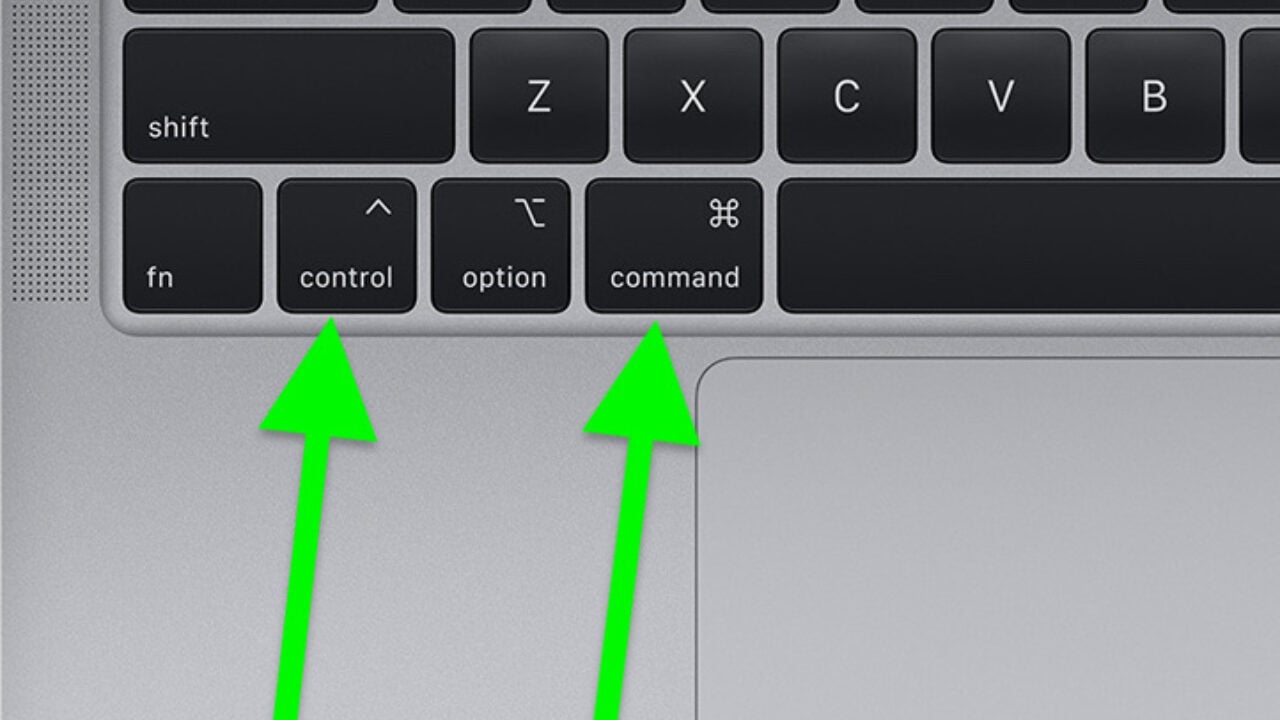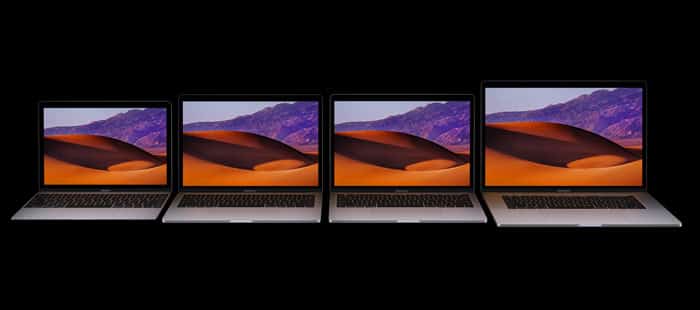

- #Reboot macbook pro 2017 install#
- #Reboot macbook pro 2017 full#
- #Reboot macbook pro 2017 software#
- #Reboot macbook pro 2017 plus#
Printers, cut and paste, everything integrates. Integration is great - I do Shift Command 3 to snapshot a screen in Windows, and it drops on my Mac desktop.
#Reboot macbook pro 2017 full#
You can run in a window too of course, Cmd-Tab works to go to it even if full screen, etc., but like you I like seeing the full Windows desktop when I am using the Windows app. I run my app in full screen mode, so now I just leave it up thru the day - I am still only at about 12 GB of my 16 GB used with about 5 Mac apps also up, and I can 4-finger swipe to go right to the Windows app, and to go back to the Mac world.

So I bought Parallels and started using it, and I will never go back to Boot Camp - Parallels runs really great.
#Reboot macbook pro 2017 plus#
But I tired of having to reboot to run the app, plus I keep my Mac disk encrypted with File Vault and the Windows partition was not encrypted - and Windows encryption solutions are quirky in comparison.


I used to run Boot Camp for 1 Windows app I need, and it ran fine - as Blackberry Guy said it is a Windows computer at that point. If you have data to backup, that should be done first.I have a 2017 MBP. Please note that the above instructions are simplified for this post. Once finished, it will be able to boot again.
#Reboot macbook pro 2017 install#
Select "Reinstall macOS." This will install a clean copy of macOS onto your system complete with boot loader. When finished, quit Disk Utility (don't reboot. When it loads, erase the internal drive and format using the APFS file system. Start in Internet Recovery Mode Hold Option-Command-R and wait until the installer appears The 2017 MacBook Pro doesn't have a removable hard drive, so there's no swapping it out.īooting Linux or a USB (with what OS?) isn't going to fix a missing/corrupt boot loader. One of those volumes is the boot volume from which your Mac reads to start loading the OS. There's no APFS "file." You have APFS container(s) on your drive and within those containers you can have different volumes. However, before proceeding, there's a few things to clear up. You've done a lot of hacking away at the system and it's difficult to know exactly what's left so your best bet is just to wipe things clean and start with a fresh install. It could be from corruption where a few files got messed up or it could simply be missing. The "prohibitory or no entry sign" means that it cannot find a bootable volume. Does anyone know a solution to this problem? I thought of maybe trying to boot from a Linux disk or USB or opening up the laptop and physically replacing the hard drive. The Apple logo would appear with the loading bar, and the bar would fill a tiny amount over 10 seconds or so before I was sent to the black screen with the no entry sign again.ĭue to my hacking (I'm guessing) I can no longer seem to access the Internet Recovery menu.
#Reboot macbook pro 2017 software#
For reference, I'm a software developer but I don't understand much about BIOS and such things, especially on Apple computers which I never use.Īfter a few deletion attempts, or maybe a successful one, I don't remember, I became unable to reach the recovery menu again. I tried to delete the file and replace it with a new one and that didn't work either. Running First Aid showed that the APFS file was corrupted in a way that I couldn't fix. I managed to get to the internet recovery screen and attempted to reinstall the OS but couldn't. On attempting to boot it up I saw the "no entry" sign, which as far as I understand means there's something wrong/corrupted in the hard drive. I received a broken 2017 MacBook Pro from a friend who had given up on it.


 0 kommentar(er)
0 kommentar(er)
